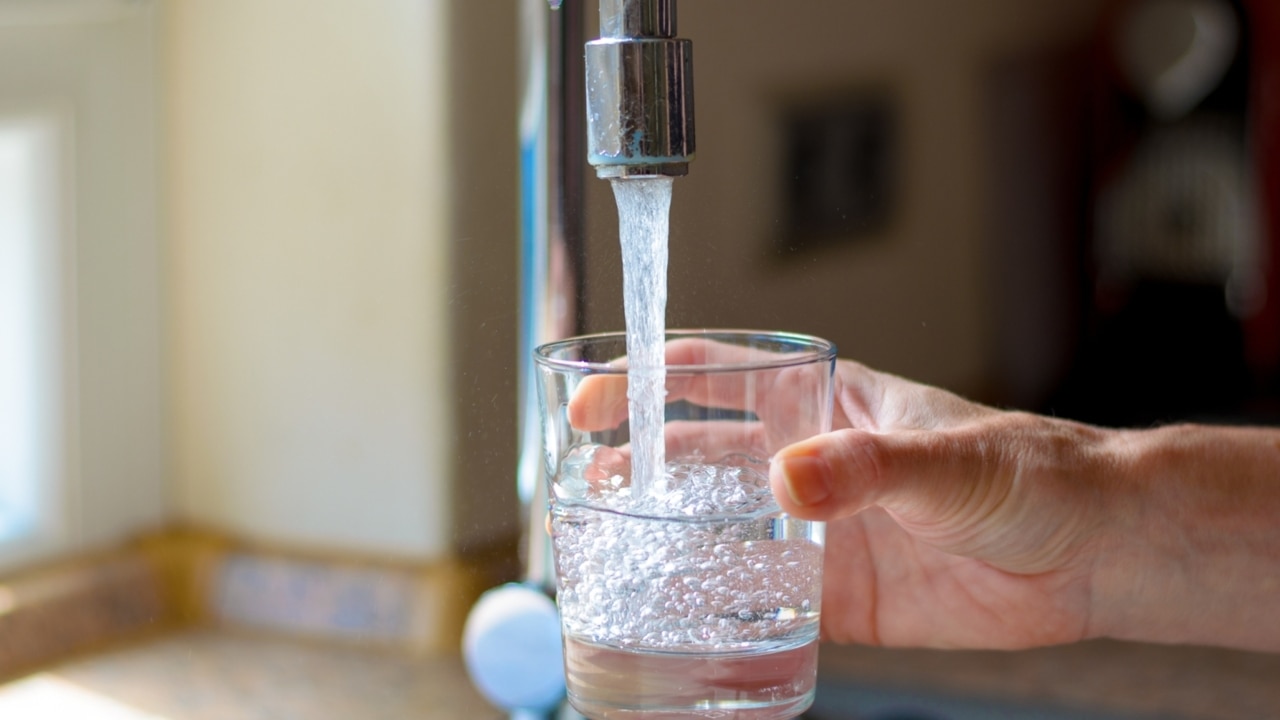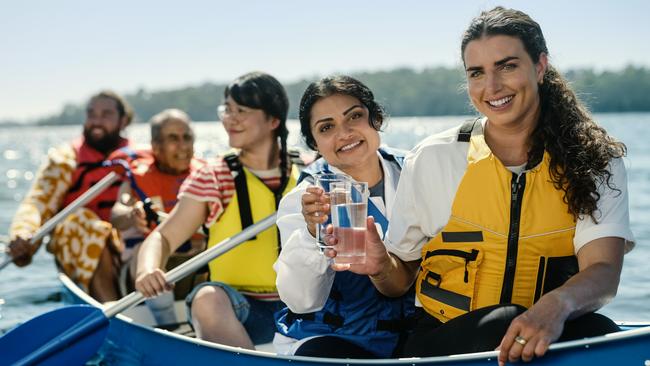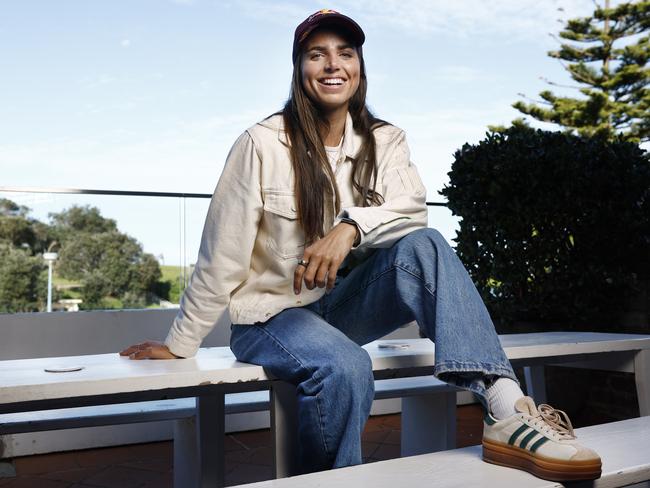Sydney Water spends $8m on ads but wants to charge huge increase on bills
Sydney Water wants to increase bills by 18 per cent next year and 7 per cent each year after — but has managed to find $8m for advertising and sponsorships.

NSW
Don't miss out on the headlines from NSW. Followed categories will be added to My News.
Sydney Water has revealed it plunged more than $8 million into advertising and sponsorships as it seeks to increase average household water bills by 50 per cent over five years
In a move critics claim is designed to “soften” Sydneysiders to the upcoming hike, the advertising spend includes content on the efforts Sydney Water is making in keeping drinking water safe.
The figures – released in state parliament – show the organisation spent just over $7 million on advertising campaigns and sponsorships in 2023-24. So far this year it has spent more than $1.5 million.
The advertising spend comes at the same time the state government-owned asset has proposed an 18 per cent increase in water bills in the next financial year, followed by yearly rises of 7 per cent.
While the Independent Pricing and Regulatory Tribunal (IPART) allows Sydney Water to spend up to $5 million on “water conservation”, the latest campaign, starring Olympian Jess Fox, focuses on its work rather changing the habits of the public.

The gold medallist – who has been an ambassador for Sydney Water since 2021 – tells viewers how Sydney’s water is filtered, cleaned and tested by experts.
The screening of the ads comes after a spate of negative publicity for the organisation, following the discovery of so-called “forever chemicals” in Sydney’s water catchments.

Sydney Water argues the cancer-linked chemicals – perfluoroalkyl and polyfluoroalkyl substances (PFAS) – remain well below acceptable levels for safe drinking water, meeting current and proposed Australian Drinking Water Guidelines.
PFAS are dubbed as “forever chemicals” because they never break down.
A breakdown of the advertising spend showed Sydney Water spent just over $3 million on water conservation campaigns last year, another $261,000 on “water literacy communications”, $2.1 million on a wastewater campaign and $442,000 on “sponsorships”.
So far this year the organisation has spent just over $1 million on water conservation and $414,000 on sponsorships.
Independent MLC Rod Roberts questioned the need for so much advertising given there was no competition.
“Sydney Water is a monopoly so why does it need to advertise,” he said.
“That money would be better used in the reduction of bills or replacing ageing infrastructure.”
Sydney Water did not answer how much it had paid Fox, declaring contractual information was “commercial in confidence”.
In defending the advertising spend, Sydney Water declared the “extensive coverage” of PFAS and related issues had had an impact on “trust” in tap water.
“The current campaign focuses on the quality of Sydney’s water and the high level of filtration, treatment, and testing which occurs to ensure our water is fresh, clean and safe, a spokeswoman said.
“It is also crucial to communicate the safety of Sydney’s tap water to customers and visitors who come from countries where tap water is not safe.”
IPART will release its final report in September 2025.
Do you have a story for The Daily Telegraph? Message 0481 056 618 or email tips@dailytelegraph.com.au



